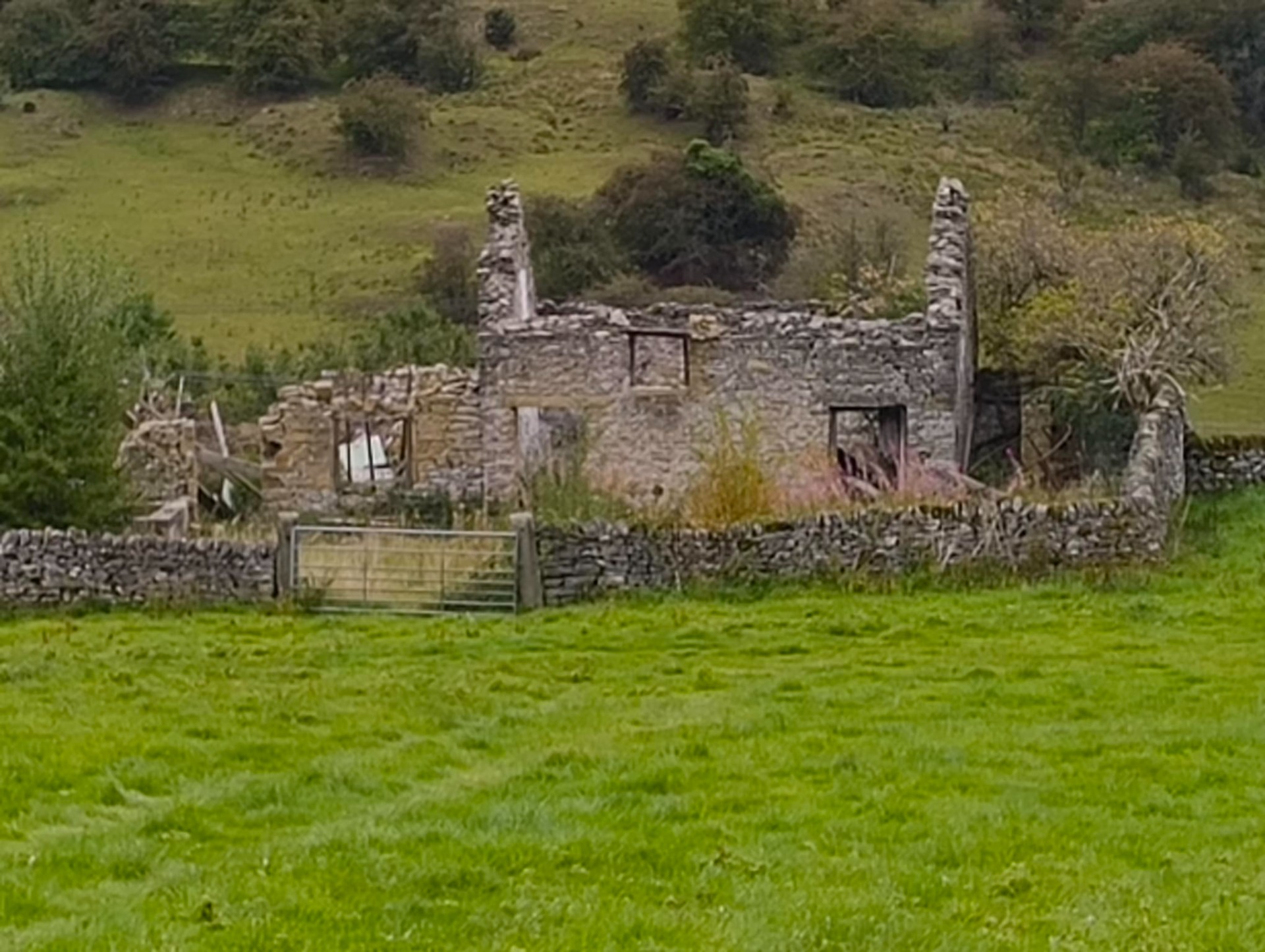
Eyam - Plague Village
Eyam - Plague Village
Date of visit 07/09/2025
What3words starting location - ///swimsuits.vitals.footsteps
I had read a bit about Eyam (pronounced 'eem'), the place often known as The Plague Village and really wanted to visit to find out a bit more about the story behind this Derbyshire village.
There is a car park, well two, opposite Eyam Museum. The nearest is a pay and display (tarmac) and the one behind (gravel) is via an honesty box payment. To be fair, the pay car park is cheap, at the time of our visit it was just £2 for the day. There are also toilets in the main car park, which were scheduled to be shut by the council, but have been taken over by the local community to maintain. Again, there is an honesty box, for payments towards the upkeep, inside.
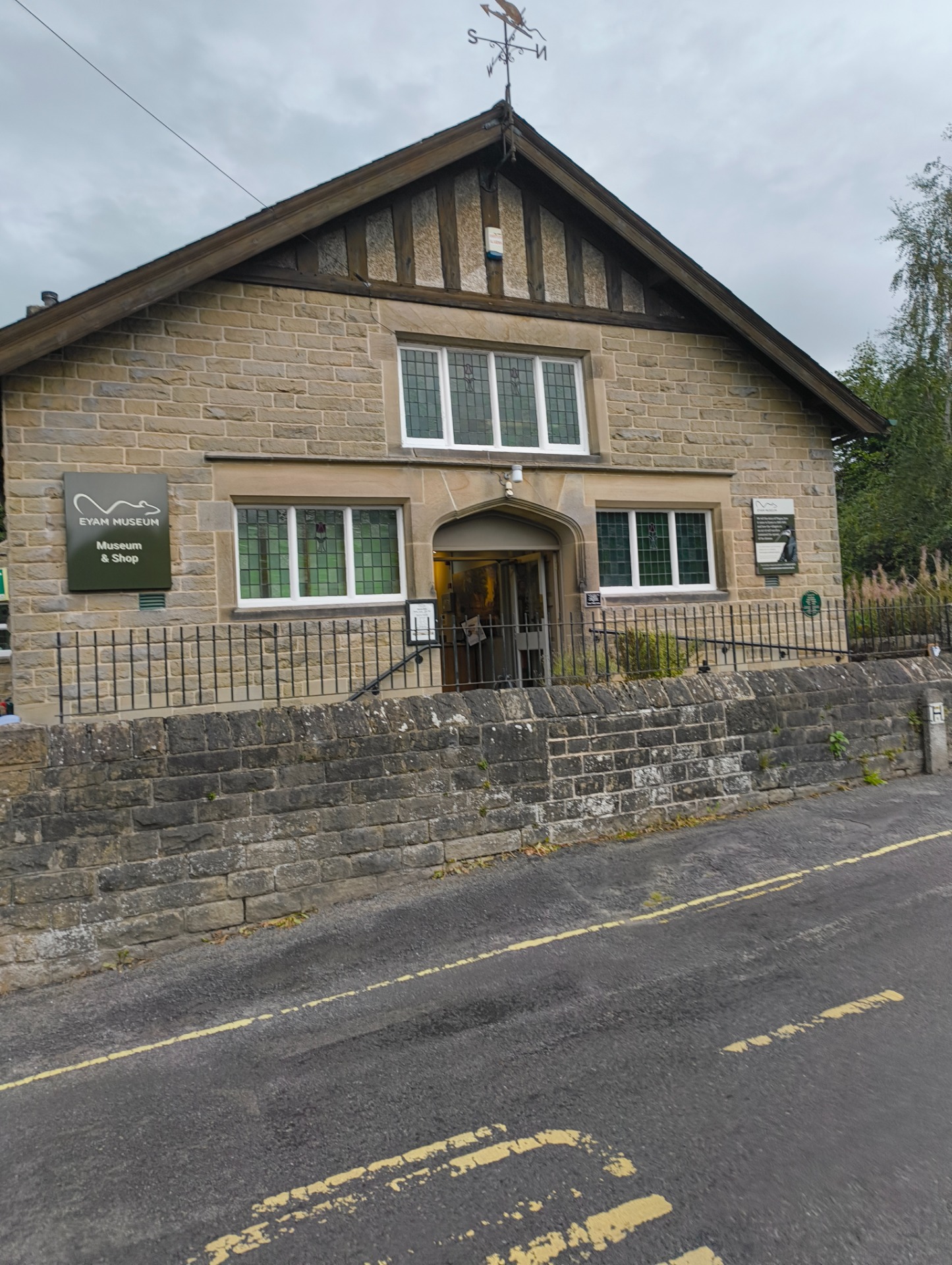
Having parked up we headed for the museum. Without sounding too League of Gentlemen, Eyam museum was founded by local people and run by local people, on a voluntary basis.
The museum is set over two floors, the ground floor being wheelchair accessible, unfortunately the first floor isn't. There is a lift available for those with mobility issues to access the upper floor.
Our intention was to visit the museum, then do a couple of walks around the village itself.
We speed-read as much as we could of the displays, before Little One got too fidgety. There is a lot of information to read and it was a real eye-opener to read about the history of the village.
********Spoiler alert********
In 1665 the bubonic plague was introduced, by accident, to Eyam, with plague-carrying fleas coming in to the local tailor's shop via a flea ridden bale of cloth. The locals, lead by the village rector, made the decision to quarantine themselves within the village, so the plague wouldn't spread to the surrounding villages. The outbreak claimed the lives of a third of the village. The list of the deceased and the speed with which the disease spread through families makes sombre reading.
The sacrifices the village made are spelled out in great detail in the museum. The most startling thing was the parallels between the 1665 plague and 2020 Covid. While many of the treatments from 1665 were more basic similar principles were followed, with isolation, quarantine and disinfection in particular.
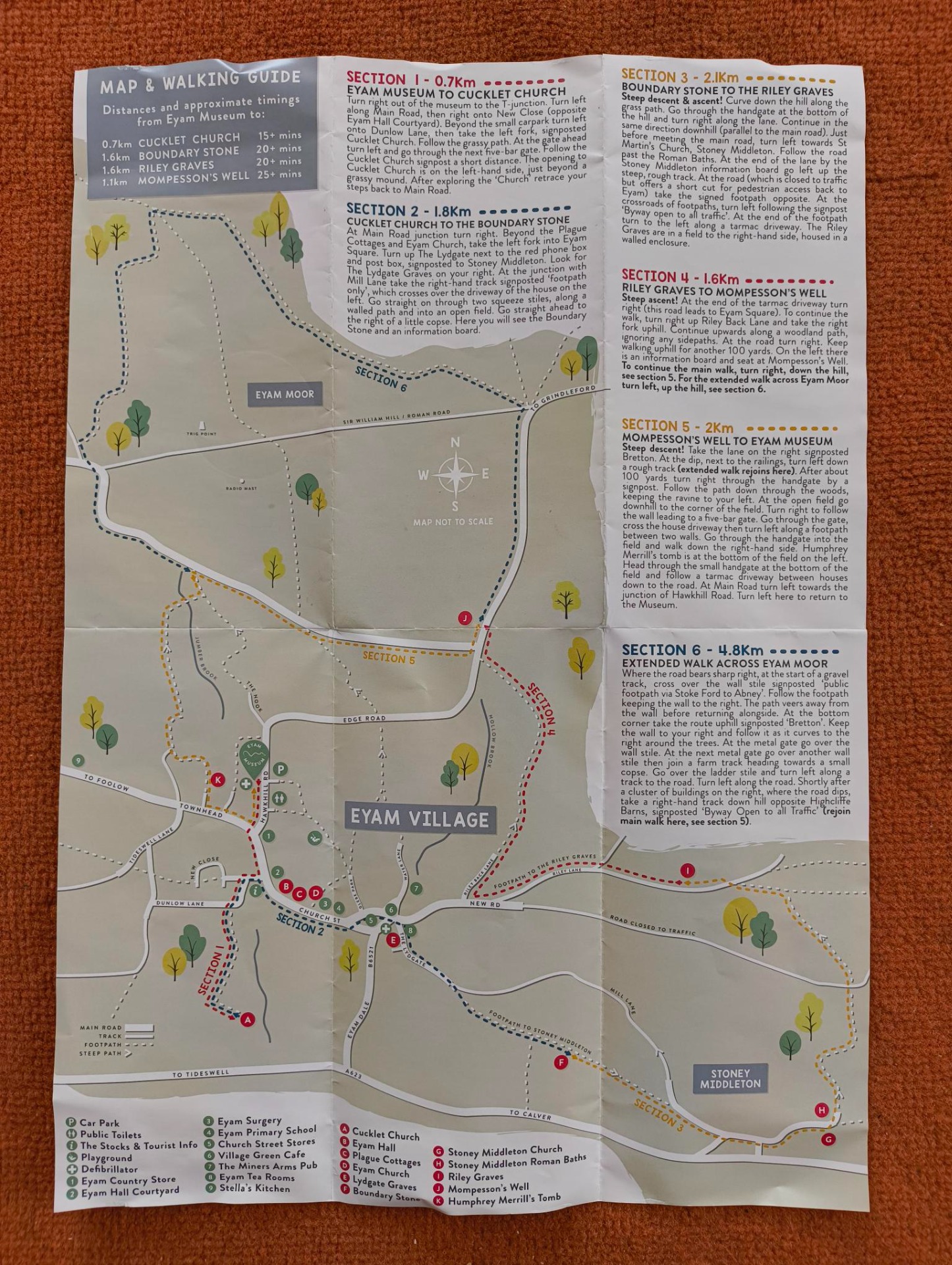
As said, we had come to the village to find out a bit more about this story of human adversity, and also to do a couple of short walks in the local area.
The museum offers visitors a printed walk leaflet, with information regarding distances and locations of some of Eyam's most well-known landmarks.
We had decided to do two walks, the first, a relatively short walk to Cucklet Church and the second a slightly longer walk to the Boundary Stone.
Cucklet Church
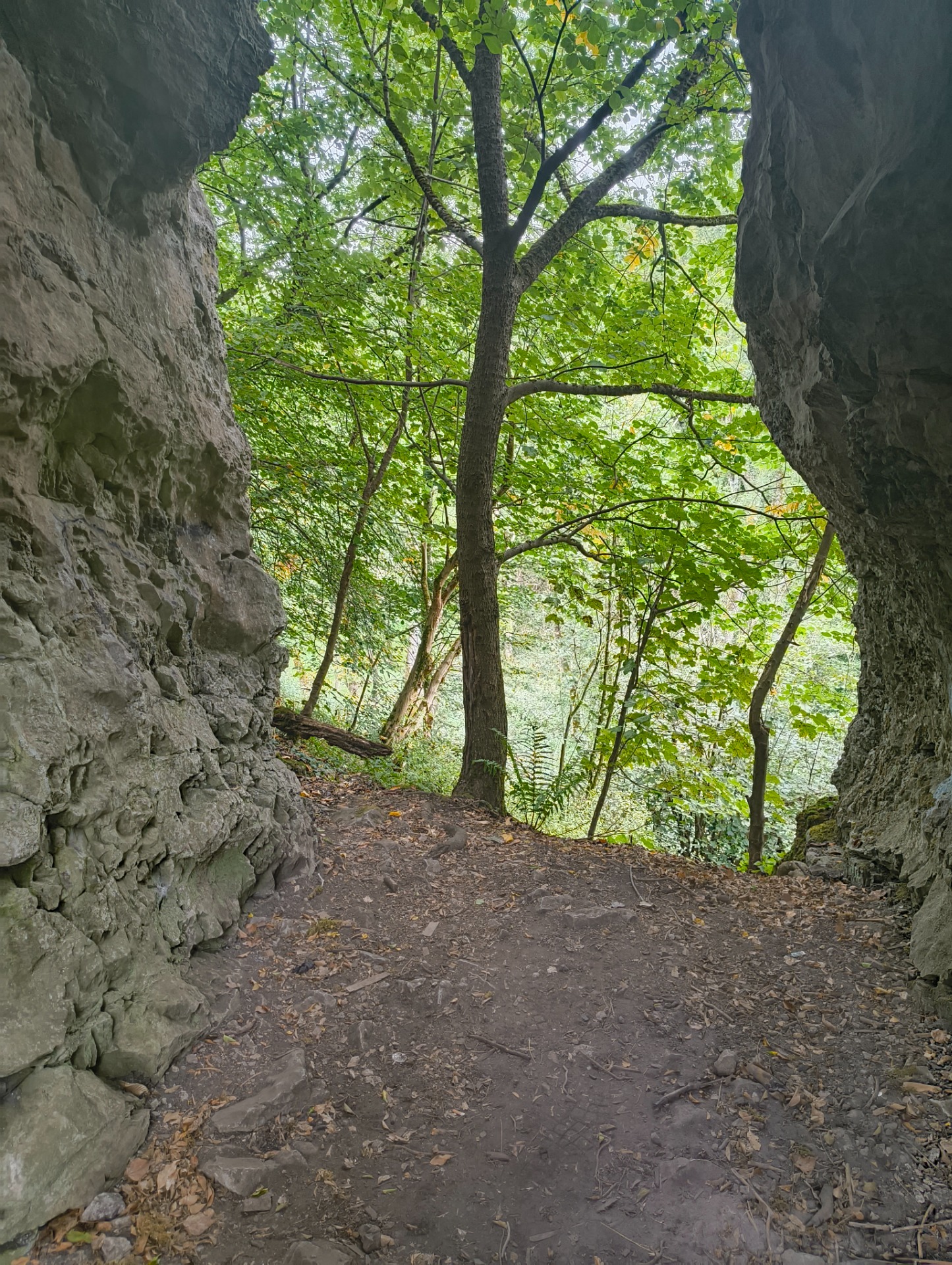
Cucklet Church is not actually a church at all, but is in fact a natural cave. It gained the "church" title during the plague of 1665, when the Church of England priest, William Mompresson held services there, in a form of early social distancing Mompresson would hold his services from the cavern, known locally as Mompresson's pulpit, while his parishioners would stand in the valley to listen to his sermons!
The walk from the museum to the church is approximately 30 minutes, as a round trip, and takes in a mixture of roadside walking, some gravel paths and the final stage over grass. Care should be taken around the village as the paths can be quite narrow in places and at the final cave section, where there are some steep drops to be aware of.
Boundary Stone
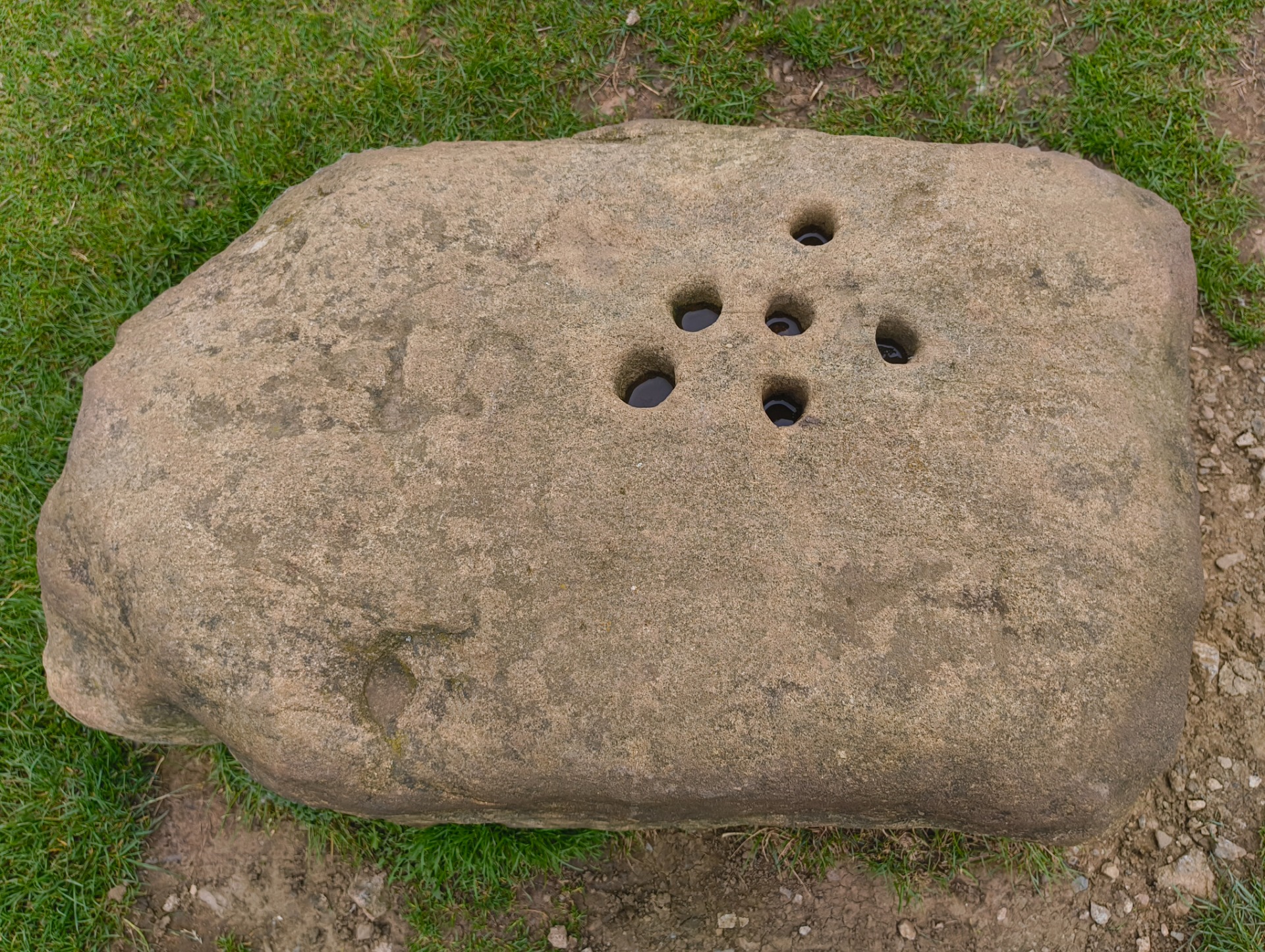
The boundary stone at Eyam, holds significant historical and cultural importance. The boundary stone serves as a marker of the borders between Eyam and the neighbouring village of Stoney Middleton. It was here that the Eyam villagers left requests for provisions, and money to pay for such, in holes made in the stone, which where filled with vinegar, as a disinfectant.
During the bubonic plague outbreak, Eyam opted for quarantine. The boundary stone became critical in this decision, acting as a physical reminder of the village's isolation from the outside world.
Today, the boundary stone at Eyam stands not only as a historical artifact but also as a powerful symbol of community spirit and perseverance in the face of adversity. The sacrifices shown by the village couldn't be in more stark contrast to todays social media driven world, where everyone is an expert!
The walk to the boundary stone and back to the museum takes approximately an hour, and is on a mixture of roadside walking in the village and then gravel and grass pathways. There are some quite narrow stone pinch styles to negotiate, which may limit some people's ability to carry out the walk.
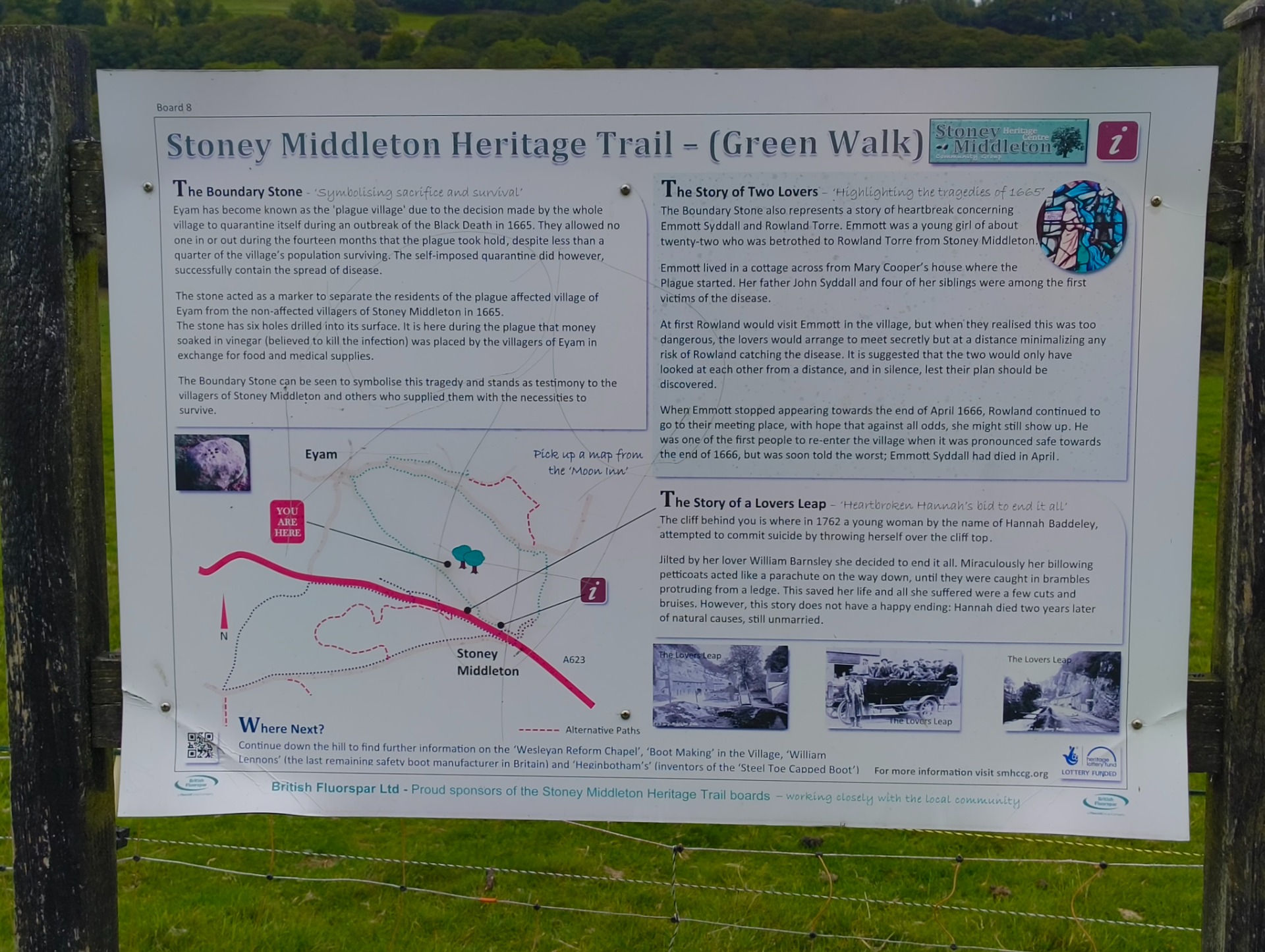
Towards the end of the walk, before reaching the stone, there are some lovely views across open countryside, we were also able to let Little One run free here, just being mindful of the electric fences!!!
Look out here for the local landmark, Lover's Leap. It was here that Hannah Baddeley threw herself to her death after being rejected by the love of her life - well, that was her plan, but fortunately her plan was thwarted by her petticoats acting like a parachute as she landed in the bushes and brambles below.
Having completed our planned walks we had a wander around the village, checking out some of the other locations highlighted on the map and just enjoying the village itself. We liked Eyam and its history makes amazing reading on its own, but comparing it with the recent modern Covid pandemic, the village appeared years ahead of its time.